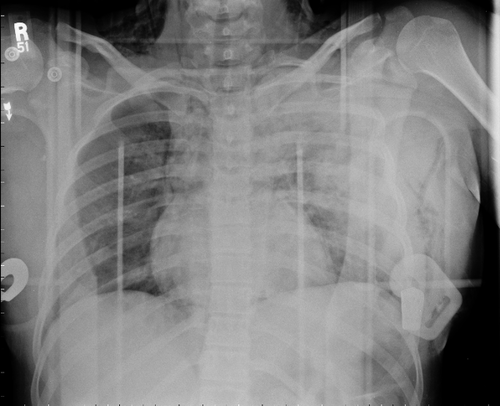TETNG Video Week: You Think You Know…
This week, I’m going to post a series of videos from our Trauma Education: The Next Generation (TETNG) conference from last September. Regions Hospital, in conjunction with the Healthpartners Institute for Medical Education, created this conference to be new, different, and very TED-like. There were 20-minute live presentations, interspersed with fun 5-minute how-to videos. We dropped the staid and stodgy PowerPoint deck with tons of bullet points, moving to showing a few select graphic images that would drive home the point. No note taking!
I am the presenter for today’s video. It’s a little less than 20 minutes long, and deals with a problem that we all face: thinking we understand stuff that we really don’t. It’s another version of “you don’t know what you don’t know.” I talk about why this phenomenon occurs, and what you can do to avoid it.
Tomorrow: Field Amputation: Indications, Challenges, Techniques



